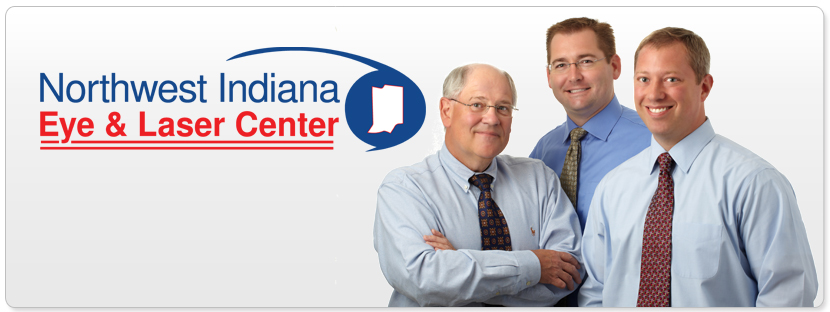We really enjoy fitting children
of all ages with contact lenses at Northwest Indiana Eye & Laser center. Sometimes
parents wonder what the best age is to fit their children with contact lenses
in order to give them the most successful and safest wearing experience.
Researchers reporting in Eye
& Contact Lens: Science and Clinical Practice studied
differences in current symptoms, compliance, ocular health and adverse
events between current successful long–term contact lens wearers fit as
children or as teenagers. They found that successful
contact lens wearers fit as children are no more likely to report previous
contact lens–related adverse events, problems with compliance, decreased
wearing time, or worse ocular health than those fit as teenagers and suggest
that parents should not rely on age as a primary determinant in fitting
children with contact lenses, but should rely on their eye doctor’s
recommendations and evaluation of their child.
If
you or someone you know has a the best age to fit children and kids with
contacts lenses, please feel free to call Northwest
Indiana Eye & Laser Center at 219-464-8223, or visit Northwest Indiana Eye & Laser
Center or facebook.com/nwindianaeyeandlaser
to schedule an appointment.
Northwest Indiana Eye & Laser
Center offices are located at 522 Marquette Street, Valparaiso, Indiana 46383
and 1001 South Edgewood Drive, Knox, Indiana 46354.
